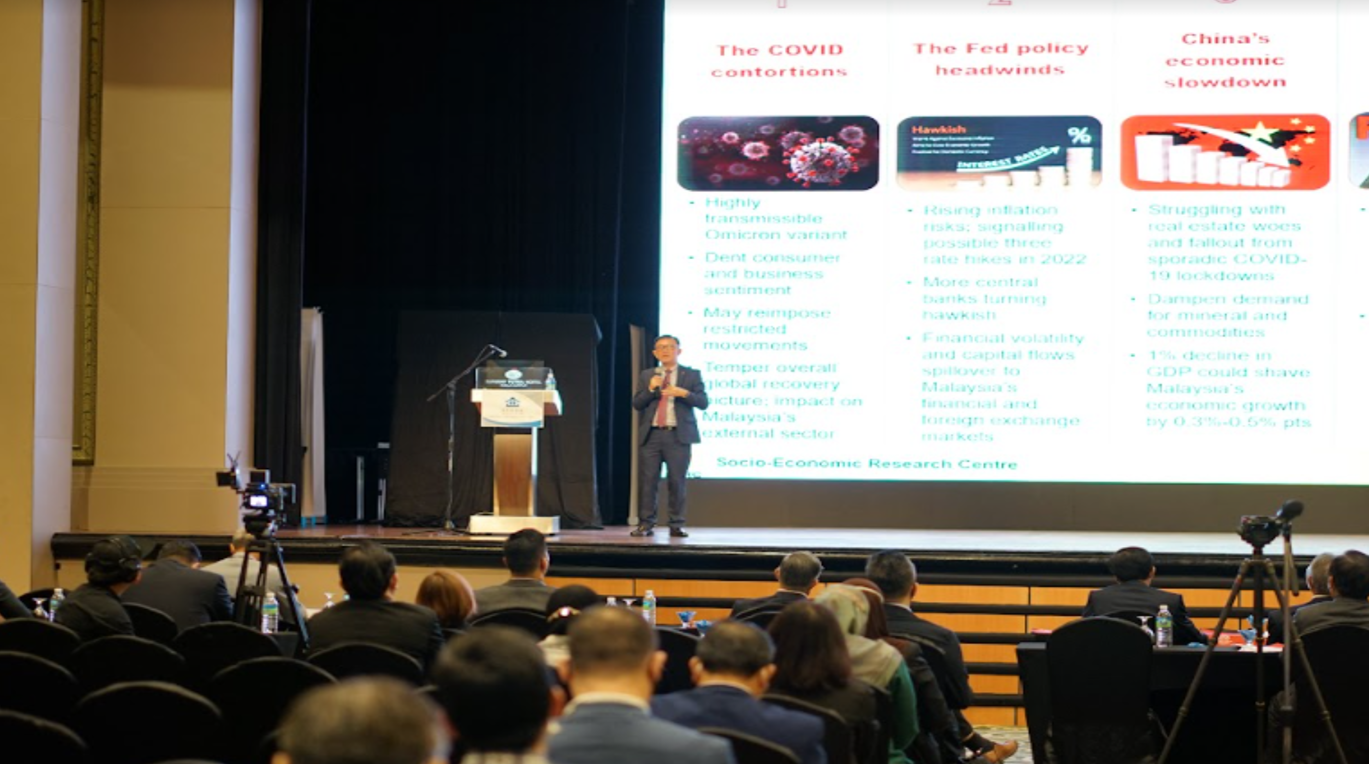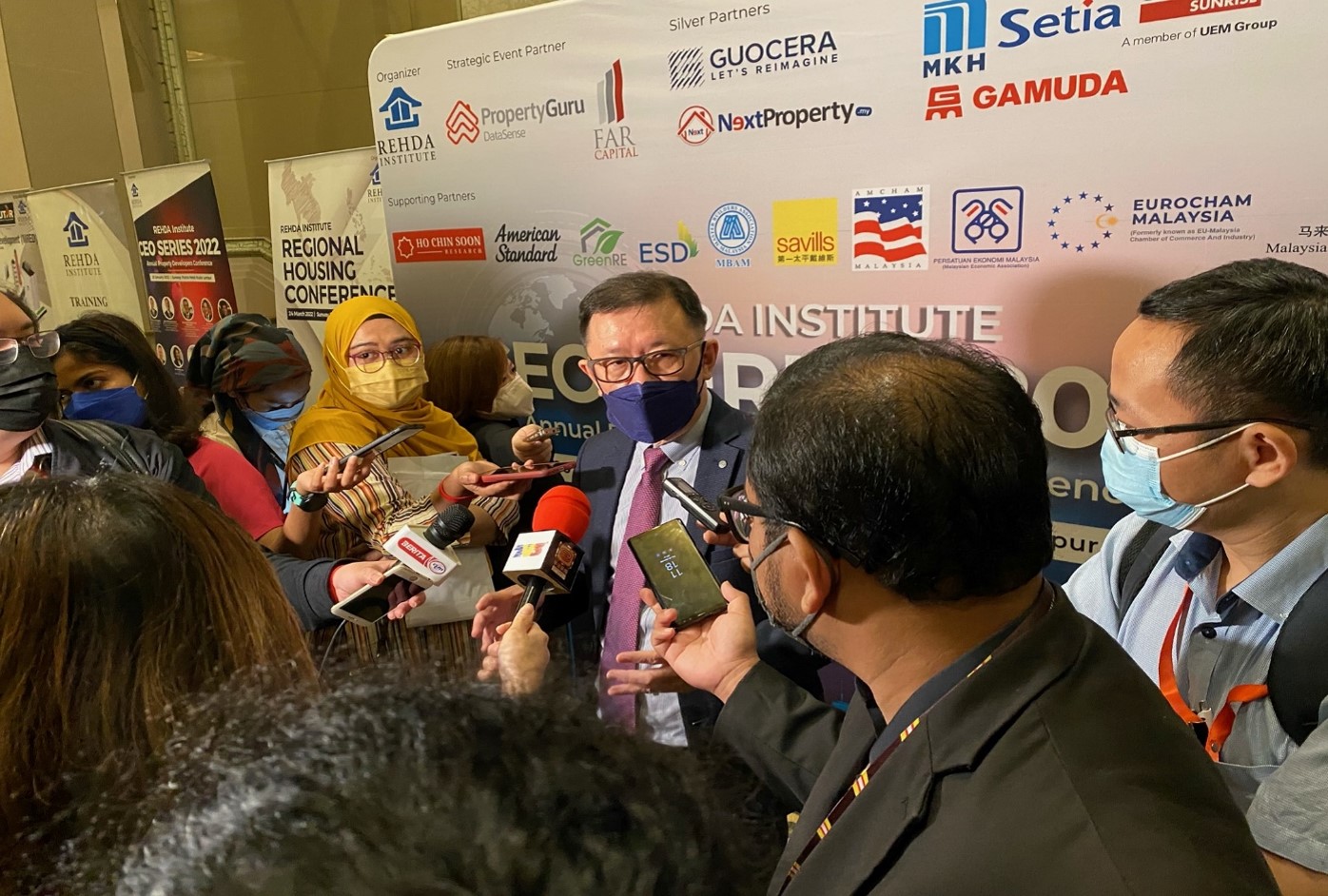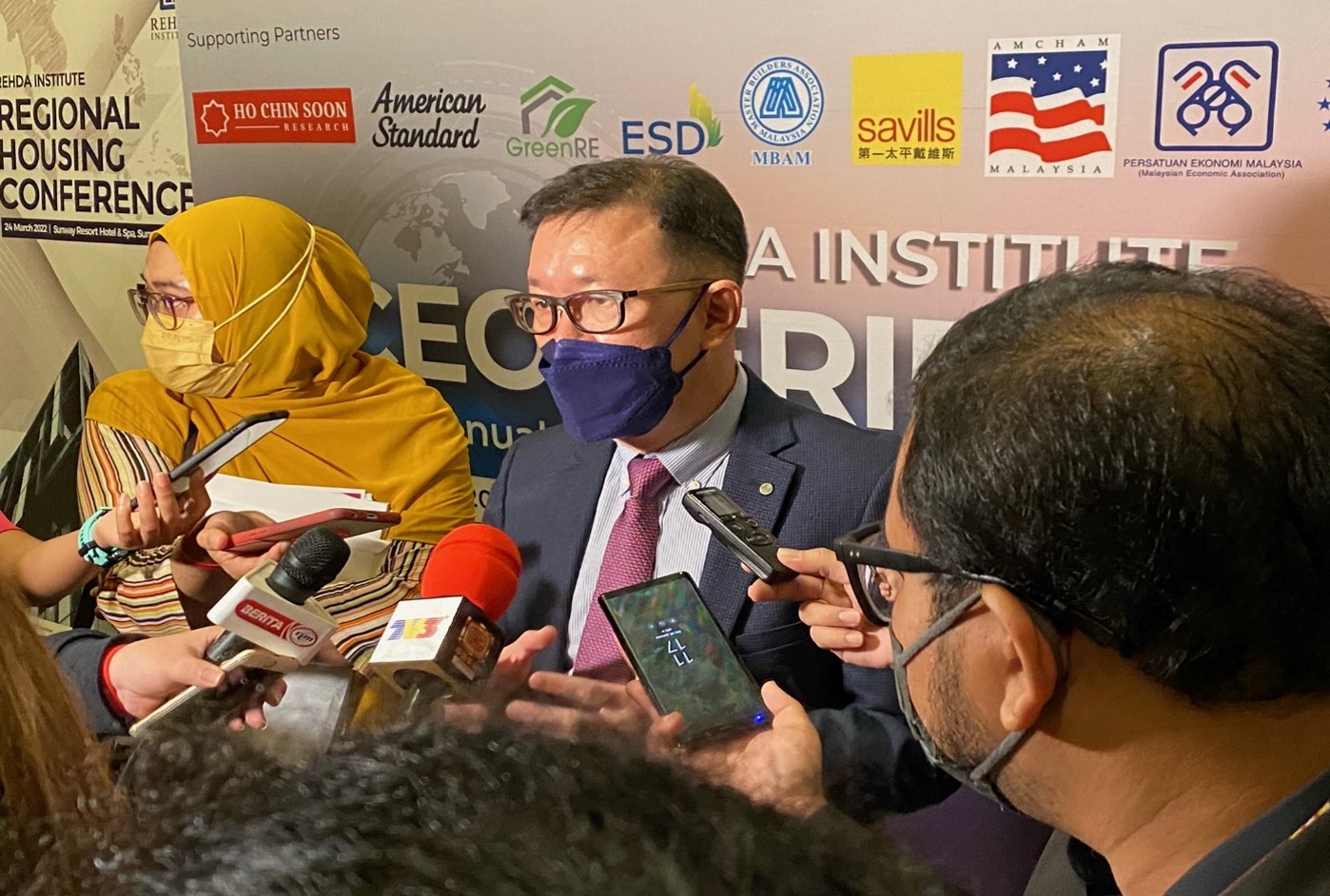Serc
Headwinds ahead for residential property market
FREE MALAYSIA TODAY
Insight - Reality of retirement savings crisis
ACCCIM Malaysia's Business and Economic Conditions Survey (M-BECS) Report 2H 2021 and 1H 2022F
The Associated Chinese Chambers of Commerce and Industry of Malaysia’s (ACCCIM) Malaysia’s Business and Economic Conditions Survey (M-BECS) was conducted from 25 October 2021 to 31 December 2021, covering the second half-year of 2021 (Jul-Dec 2021) and expectations for the first half-year of 2022 (Jan-Jun 2022), has received 807 responses.
The survey is a good barometer to gauge Malaysian Chinese business community’s assessment and expectations about domestic business and economic conditions as well as their prospects.
It covers questions to measure expectations about the prospects of economic and business performance; the main factors affecting business performance; and to gauge the implications of current issues and challenges faced by businesses.
This survey report is collaborated with and prepared by Socio-Economic Research Centre (SERC).
Related news:
- ACCCIM: Chinese business owners in Malaysia have mixed sentiment for 2024
The Malaysian Reserve
- Businesses cautious on prospects with ringgit moves, increase in costs as key concerns
New Straits Times
- (i) 中总商业和经济状况调查报告 企业对2024年看法褒贬不一
(ii) 尽管通膨稳定 家庭和企业成本仍有压力
东方日报
- 中总商业和经济状况调查 | 中小微企对经济商业看法 今年谨慎 明年看好
星洲日报
- 中总:逾70%大马企业预警 “下半年成本或续走高”
南洋商报
- 中总:商业与经济状况调查 63.1企业持中和态度
光华日报
- 原料价格上升 政策变动 70%企业料下半年成本再涨
中国报
Economists: Need to address skills mismatch
THE SUN DAILY












